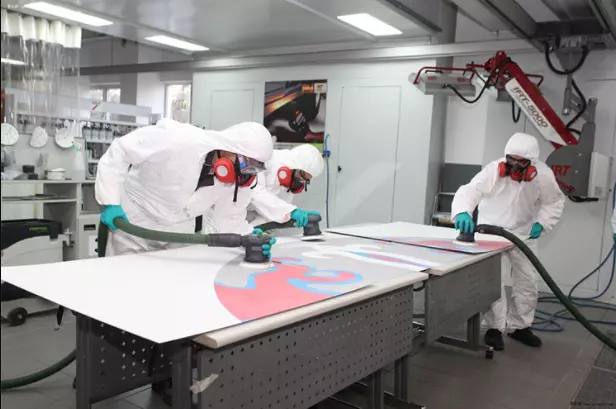Shanghai, China
+86-17317656853
inquiry@cgprotection.com



In many work environments, the hazards posed by chemicals are often neither immediate nor obvious. Many chemicals have properties that make them more insidious:
1. Chemical contamination often doesn't have an immediate effect, and you may not even know you're contaminated.
2. These effects (cancer, organ damage, etc.) can take months or even years to manifest, and can be life-altering or even life-threatening, and the effect is often irreversible.
This means that chemicals are a hazard that requires special attention. Therefore, when engaging in work related to chemical substances, we must wear chemical protective clothing to protect ourselves. Today, the editor of Shanghai C&G Safety Co., Ltd. will with you to understand some relevant knowledge of chemical protective clothing.
一、How to choose chemical protective clothing
Usually, most users only focus on whether the fabric can effectively protect against chemicals when choosing chemical protective clothing. In fact, while paying attention to this point, we also need to consider some other factors.
1. Other properties of the chemical, such as pollution pathways, chemical boiling point and toxicity.
2. Some factors related to the nature of the job itself, such as those that may place particular pressure on clothing.
3. Some factors related to the environment, such as temperature, whether it is a confined space, whether there is a sharp object surface, etc.

In the process of choosing chemical protective clothing, we should involve the end user throughout the process, because they have the most complete understanding of the specific work.
二、How to manage chemical protective clothing
Even the best protective clothing in the world can be harmed by improper use. When chemical protective clothing is selected, we must use it correctly. Such as pre- and post-use management, storage, disposal, single-use or repeated use, and associated maintenance or cleaning requirements, can all play a key role in ensuring workers are properly protected.
Storage is important to ensure clothing is kept in good condition, and disposal is based on chemical conditions. Uncontaminated garments can be disposed of by standard methods, but contaminated garments may require decontamination and disposal may be related to local laws.
Single use or reuse of protective clothing is another factor to consider. While chemical protective clothing is often defined by manufacturers as one of the two, there is no absolute definition of either. While reusable garments tend to use tougher fabrics, and garments marked as single-use are generally the opposite, other than that, there's little difference. Both require protection based on chemical, mission and environmental requirements.
The key to proper use of protective clothing is to establish appropriate decision criteria for re-use or disposal
The following editor adds to explain the difference between disposable and reusable chemical protective clothing.
What is the difference between single use and reusable? The truth is, there is no definable, absolute difference. Because the use environment of protective clothing is not ideal.
Because the use environment of protective clothing is not ideal. In practice, whether or not to reuse is not made by the manufacturer, but by the user, and the determinants are not related to the attributes of the garment (though they can influence the decision), but to the use and chemicals, and the Whether it remains intact and free from contamination after use. (in some cases reuse may be unavoidable)
Therefore, users cannot assume that a "reusable" label means that it must be reused, nor that a "single-use" label must be thrown away after the first use.
Shanghai C&G's personal protective clothing and PPE products are trusted by customers in the world. Our products are exported worldwide, with a strong presence in the United States, China, Japan, Germany, the United Kingdom, India, France, Italy, Brazil, and Canada. In addition, we have a significant customer base in other countries across each continent, including Australia, New Zealand, South Africa, Nigeria, and Egypt in Africa; Argentina, Chile, and Mexico in South America; Russia, South Korea, and Indonesia in Asia; Spain, Poland, and Turkey in Europe; and Saudi Arabia and the United Arab Emirates in the Middle East. Wherever you are in the world, we have the products you need to stay safe and protected. Contact us today to learn more about our products and how we can help you meet your safety needs.










© 2023 Shanghai C&G. All Rights Reserved.